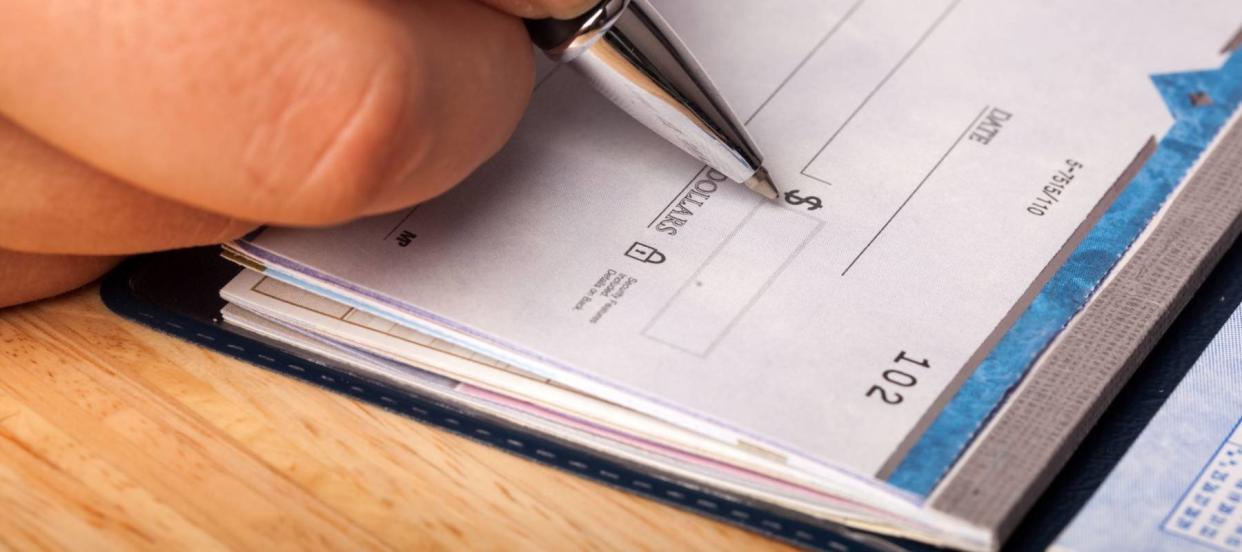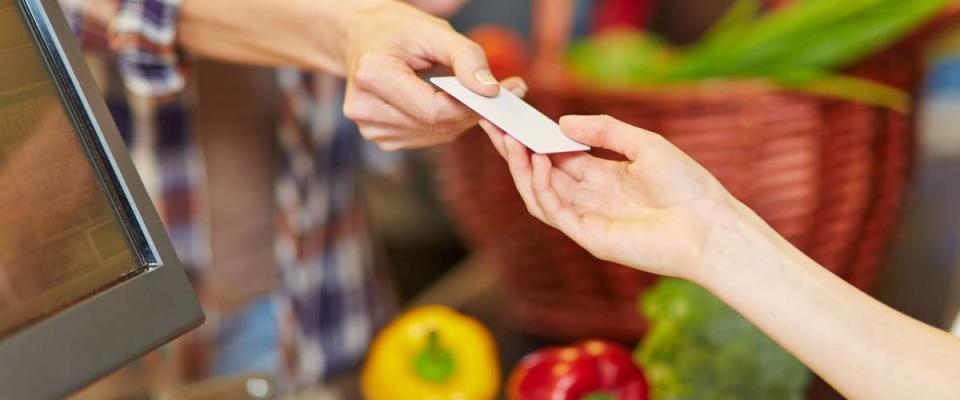When They Say 'High-Interest' Checking, What Does That Mean?

Don't just put your money into any ordinary checking account, because you might be able to make money with that money.
A high-yield checking account -- also known as high-interest checking or rewards checking -- can allow you to earn decent interest, and maybe a fat bonus, too. But you'll have to work for those perks.
What 'high-yield' means

After the Great Recession, the Federal Reserve chopped interest rates to the lowest levels ever seen. More recently, the Fed has been raising rates to more normal levels, but the interest paid on savings hasn't budged much.
This is what makes high-yield checking so appealing. The accounts can pay an APY, or annual percentage yield, of 1% or more. One credit union, Consumers Credit Union of Lake County, Illinois, is currently advertising a rewards checking account offering up to 5.09% APY. That's certainly not too shabby.
High-interest checking can come with other benefits, such as a one-time sign-up bonus of up to $200, reimbursements of ATM fees, cash back or airline miles.
Applying for an account may seem like a no-brainer, but to reap the rewards you'll need to meet some requirements.
How you qualify

If you want to earn the high interest, collect the signing bonus and get all of the other goodies, you'll have to do a few things for the bank.
You may have to maintain a big balance. You might also be required make a certain number of purchases with your debit card each month, sign up for direct deposit and automatic bill pay, and opt for electronic statements rather than paper ones.
You know that account we mentioned earlier, offering up to 5.09% APY? To get that, you must use your debit card a dozen times a month for transactions of at least $100, make direct deposits and spend at least $1,000 with a credit card.
With high-yield checking, you need to maintain all of the requirements as long as your account is open. If you slip and make too few debit card transactions, for example, the financial institution might lower your interest rate.
Want more MoneyWise? Sign up for our newsletter.
Is high-yield checking right for you?

The rewards from rewards checking can be sweet, but you'll have to crunch some numbers to determine whether high-yield checking could work for you.
Some accounts come with high monthly fees, as much as $20, if you're unable to maintain a minimum balance. You wouldn't want fees to essentially wipe out your interest.
Could you make enough debit transactions each month to qualify, or would you feel pressured to overspend to meet your quota? And what does the fine print say about how long your high interest rate is likely to last?
The potential benefits are worth vetting. Compare high-yield checking offers and see if you could meet the requirements. In the end, you could be raking some cash.
Up Next: For the savings-challenged, sometimes out of sight and out of mind is the only strategy.

